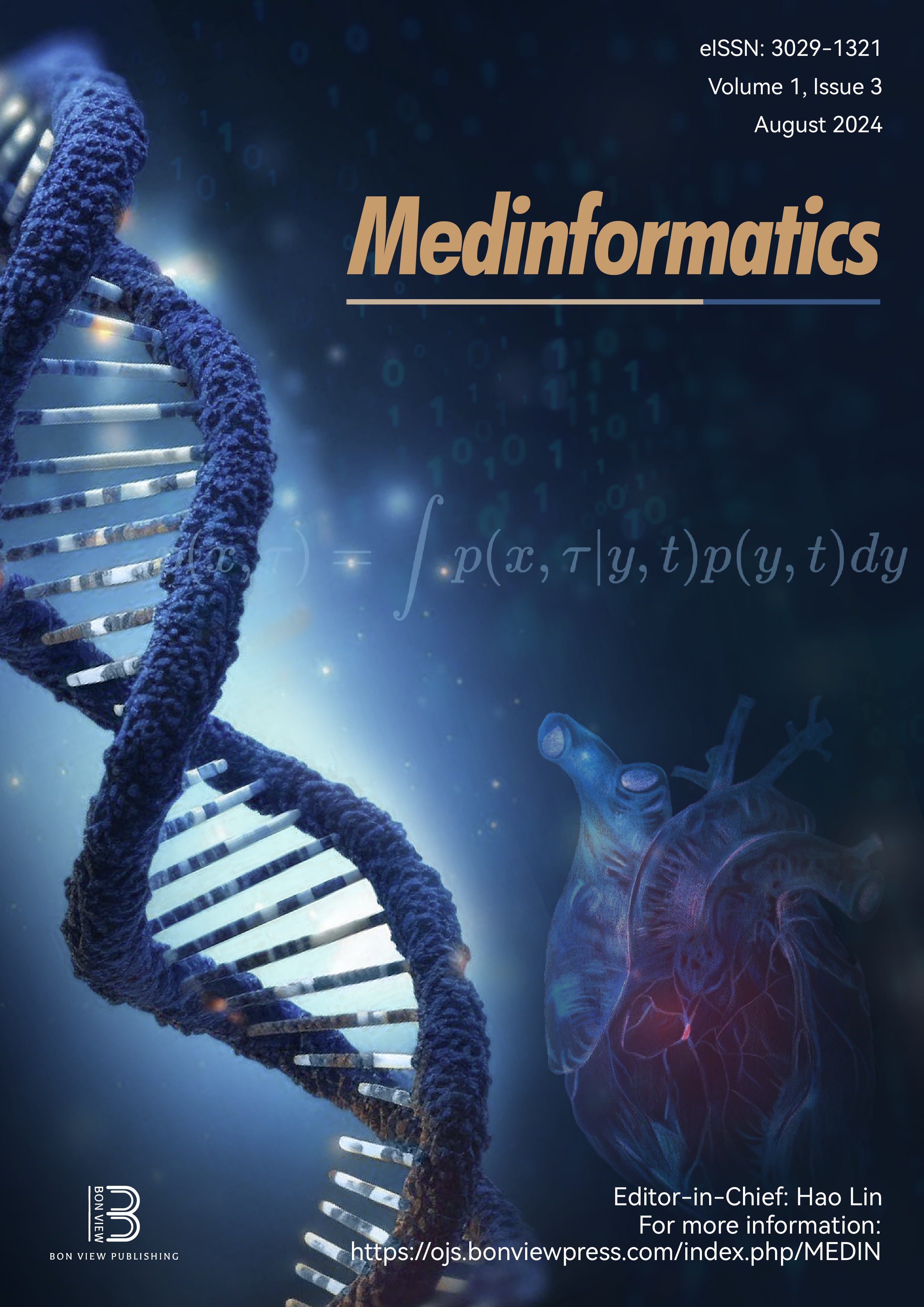Analyzing Phytocompounds, Antioxidants, and In-Silico Molecular Docking of Plant-Derived Potential Andrographis paniculata Inhibitory Action to Managed Beta Thalassemia
DOI:
https://doi.org/10.47852/bonviewMEDIN42021979Keywords:
beta thalassemia, Andrographis paniculata, phytocompounds, fetal hemoglobin, molecular dockingAbstract
It has long been known that medicinal plants are vital to human health and have been used for therapeutic purposes since the beginning of civilization. The goal of this study is to evaluate the scientific data supporting the use of the herbal remedy Andrographis paniculata in the management of beta thalassemia. Phytocompounds, one of the bases of traditional use, were assessed both qualitatively and quantitatively in five different extracts with varying solvent properties (methanol, chloroform, hexane, ethyl acetate, and aqueous), providing the fundamental explanation for the therapeutic relevance of this plant. The presence of flavonoids, phenols, tannins, saponins, and alkaloids in plant extracts was assessed. It was shown that ethanol extract had the highest concentration of phytocompounds among the various extracts, while chloroform extract had the lowest concentration. The plant's antioxidant activity was also assessed, and the results showed that the methanolic extract has potential antioxidant activity, as shown by the DPPH's lowest half-inhibitory concentration (IC50) values. To further evaluate the phytocompounds for their in-silico study, molecular docking techniques were employed. These phytocompounds (DL-alphatocopherol, 3,19-O-diacetylanhdroandrographolide, and 14-acetylandrographolide) to the fetal hemoglobin target protein PDBID:4MQJ were also found to have interactions with significantly minimum binding energies of −12.52 kcal/mol, −11.22 kcal/mol, and −11.08 kcal/mol, where DL-alphatocopherol was found to have the highest binding affinity (−12.524 kcal/mol) and interaction with the active site HIS97. The SwissADME was used to assess the drug-likeness and ADMET characteristics of phytocompounds derived from Andrographis paniculata. Based on chemical characteristics, drug-likeness score, and ADMET model, the present study selected and screened the phytocompounds DL-alphatocopherol, 3,19-O-diacetylanhdroandrographolide, and 14-acetylandrographolide, which are expected to have better drug-like features with improved toxicity profiles. Therefore, it makes sense to send the compounds reported in this work to an in-vivo analysis of therapeutic applicability due to their significant biological features.
Received: 31 October 2023 | Revised: 13 January 2024 | Accepted: 26 January 2024
Conflicts of Interest
The authors declare that they have no conflicts of interest to this work.
Data Availability Statement
The data in the manuscript are generated by Using AUTODOCK 4.0 for computational analysis. AutoDock 4 (http://autodock.scripps.edu) was utilised for the docking research. The binding mode and interaction of PDBID: 4MQJ with AutoDock 4.0. The operating system used for the investigation of phytocompounds was Windows 10 Home Single Language 64-bit, powered by an Intel ® Core TM i5-6200U CPU running at 2.30 GHz.
Downloads
Published
Issue
Section
License
Copyright (c) 2024 Authors

This work is licensed under a Creative Commons Attribution 4.0 International License.


